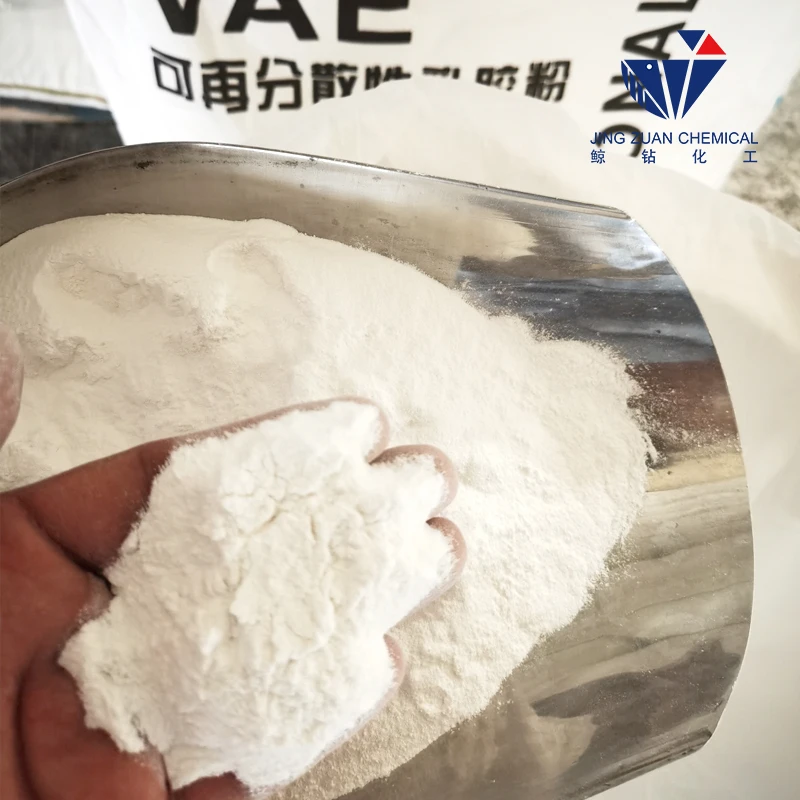
நவ் . 27, 2024 12:50 Back to list
Understanding HPMC and Its Applications in Various Industries
Understanding HPMC Its Uses and Importance in Various Industries
Hydroxypropyl Methylcellulose (HPMC) is a derivative of cellulose, a natural polymer that serves as a fundamental component of plant cell walls. In its modified form, HPMC has become a vital material in various industries due to its unique properties, including water solubility, non-toxicity, and versatility. This article aims to explore HPMC, its chemical structure, applications, benefits, and its significance across different fields.
Chemical Structure and Properties
HPMC is produced by chemically modifying cellulose through the introduction of hydroxypropyl and methyl groups. The degree of substitution of these groups can vary, resulting in different grades of HPMC characterized by their solubility in water and other solvents. The combination of hydrophilic (water-attracting) and hydrophobic (water-repelling) properties allows HPMC to act as an effective thickening agent, stabilizer, and emulsifier.
One of the most notable features of HPMC is its ability to form films and gel-like structures when mixed with water, which makes it a popular choice for a wide range of applications. Additionally, HPMC is resistant to high temperatures and acids, further enhancing its usability in various formulations.
Applications in Pharmaceuticals
The pharmaceutical industry extensively uses HPMC as a key ingredient in drug formulations. Its properties make it an excellent binder in tablet manufacturing, where it helps hold the components together and ensures uniform distribution of the active pharmaceutical ingredients (APIs). HPMC is also used in controlled-release formulations due to its ability to form gel-like matrices that gradually release medication over time.
.
Role in Food Industries
hpmc چیست

In the food sector, HPMC is recognized for its versatility as a food additive. It is commonly used as a thickening agent, stabilizer, and emulsifier, enhancing the texture and consistency of various food products. HPMC helps improve the mouthfeel of food items such as sauces, dressings, and dairy products, contributing to an overall better sensory experience.
Additionally, HPMC is used in gluten-free and low-fat food products where it helps replicate the desirable qualities of gluten while keeping the caloric content lower. The importance of HPMC in the food industry reflects its ability to meet the demands of modern consumers seeking healthier and more diverse food options.
Application in Construction and Building Materials
HPMC has found significant applications in the construction industry, particularly in drywall, plaster, and mortar formulations. Its water-retention properties are crucial in ensuring that cementitious materials remain workable for extended periods, allowing for improved application and adhesion.
Construction-grade HPMC contributes to enhanced mechanical properties, including strength and durability. As urbanization continues to rise globally, the demand for construction materials fortified with HPMC is expected to grow, highlighting its importance in sustainable building practices.
Conclusion
Hydroxypropyl Methylcellulose is a remarkable compound with a wide array of applications across various industries, from pharmaceuticals to food formulations and construction. Its unique properties make it an indispensable ingredient in countless products, contributing not only to the functionality but also to the overall quality of goods consumed daily.
With ongoing research and development, the potential applications of HPMC are likely to expand, reinforcing its role as a crucial material in both existing and emerging markets. As industries continue to innovate and seek environmentally friendly solutions, HPMC stands out as a versatile and sustainable option in the modern manufacturing landscape.
-
The Widespread Application of Redispersible Powder in Construction and Building Materials
NewsMay.16,2025
-
The Widespread Application of Hpmc in the Detergent Industry
NewsMay.16,2025
-
The Main Applications of Hydroxyethyl Cellulose in Paints and Coatings
NewsMay.16,2025
-
Mortar Bonding Agent: the Key to Enhancing the Adhesion Between New and Old Mortar Layers and Between Mortar and Different Substrates
NewsMay.16,2025
-
HPMC: Application as a thickener and excipient
NewsMay.16,2025
-
Hec Cellulose Cellulose: Multi functional dispersants and high-efficiency thickeners
NewsMay.16,2025







